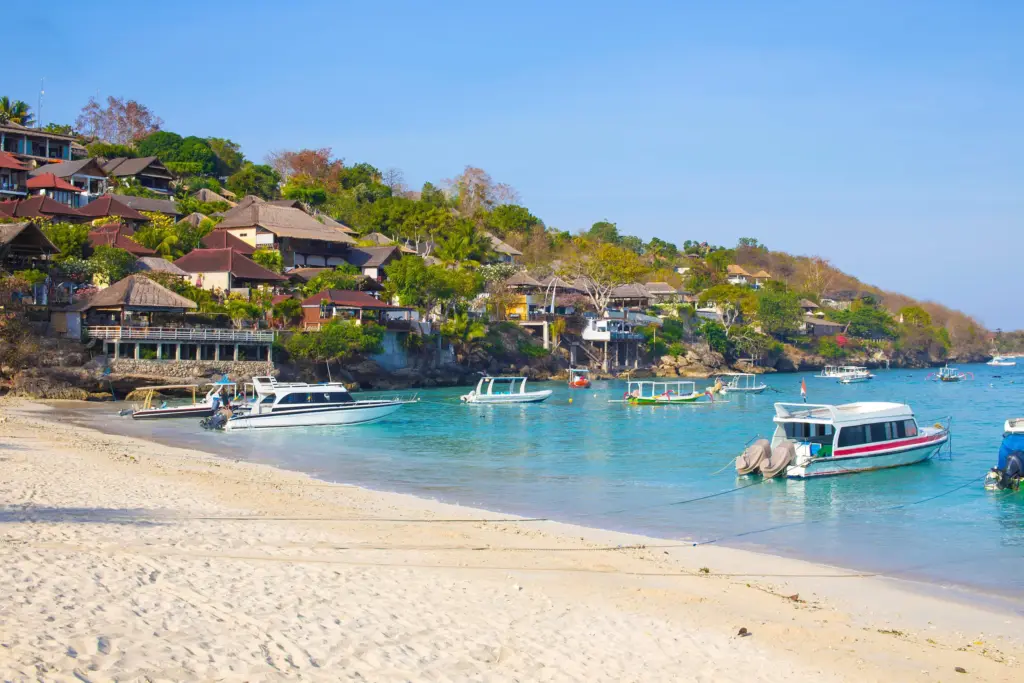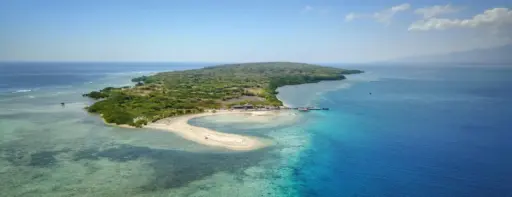For many travellers, no trip to Bali is complete without a side journey to the neighbouring islands. Whether it’s diving with manta rays in Nusa Penida, yoga retreats in Nusa Lembongan, or the beach parties of the Gili Islands, these destinations are high on the Bali bucket list. The quickest way to get there? A fast boat.
Fast boats promise efficiency. Instead of the long, lumbering ferries, they zip across the sea in a fraction of the time, often making the Sanur–Nusa Penida run in just 30 minutes. It sounds perfect: fast, easy, and affordable. But beneath the surface lies a more troubling story – one of overcrowding, accidents, poor regulation, and lives lost.
This article looks at the reality of Bali’s fast boats: the routes, the incidents of the last five years, why safety remains a serious concern, and what travellers can do to protect themselves.
Why Fast Boats Are So Popular
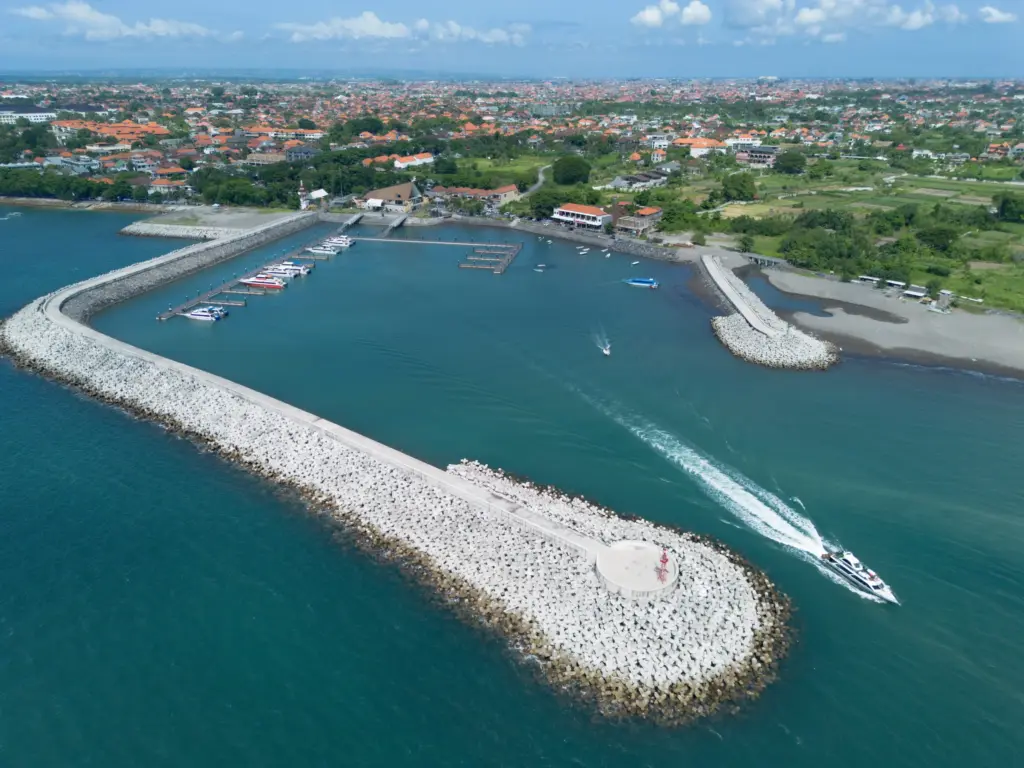
Fast boats rose in popularity in the 2000s as Bali’s tourism industry exploded. Travellers increasingly wanted quick access to satellite islands without losing valuable holiday time.
Common Routes:
· Sanur to Nusa Lembongan (25-30 minutes)
· Sanur to Nusa Penida (30-45 minutes)
· Padangbai to Gili Trawangan / Lombok (90-120 minutes)
· Serangan to Nusa Penida or Gilis (60-120 minutes)
Compared to ferries, which can take several hours and operate from more remote harbours, fast boats are convenient, centrally located, and more frequent.
Cost: A one-way ticket can be as cheap as IDR 20-30,000, depending on the route and season.
Frequency: Dozens of boats depart daily, especially during peak season.
For many tourists, the convenience outweighs the risks – or at least until those risks become very real.
The Darker Side: Recent Incidents
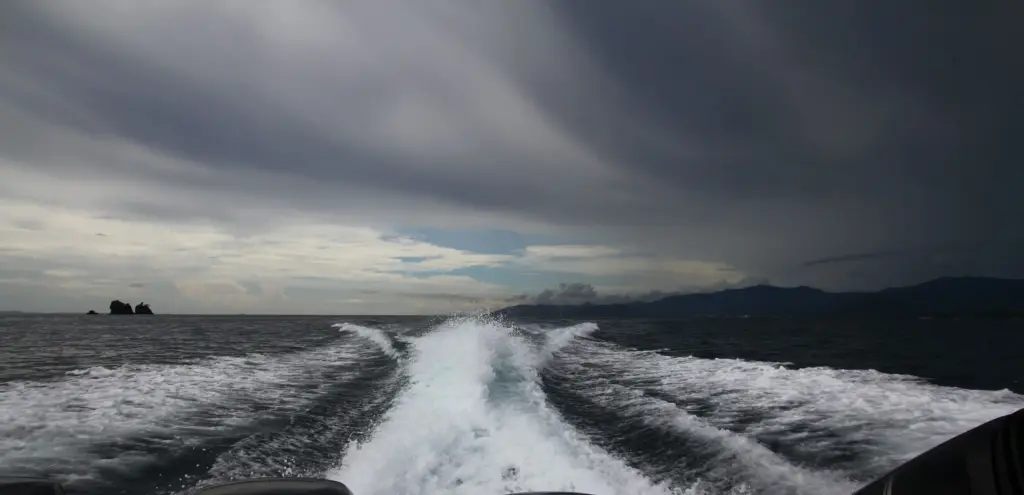
The promise of speed has come at a cost. In the last year, Bali has seen numerous fast boat accidents ranging from minor mishaps to tragic fatalities.
Capsizing and Overturning
· August 5, 2025 – Sanur Harbour: The Dolphin Cruise II capsized just 100 meters from shore after being struck by a large wave. Onboard were 80 passengers. Three people died – two Chinese tourists and one crew member – while 14 others were injured and hospitalized. The boat sank within minutes, raising serious questions about overloading and weather readiness.
· June 2025 – Nusa Lembongan: The Tanis Express capsized shortly after departure due to sudden rough seas. All 89 passengers were rescued, but panic broke out as the vessel tilted and filled with water. The speed of the incident showed how quickly things can escalate.
Fires and Mechanical Failures
· February 2025 – Nusa Penida Port: A fast boat carrying 85 tourists caught fire while docked, reportedly due to an electrical short circuit. Passengers were evacuated in time and no injuries were reported. Videos of the burning boat circulated online, sparking outrage and fear.
· January 2025 – Engine Failure: A boat on the Nusa Penida–Sanur route lost power mid-journey and eventually sank. All passengers were rescued, but the lack of safety drills left many unsure what to do.
Fatalities Beyond Fast Boats
Even non-fast-boat marine activities highlight the same issue: inconsistent regulation.
· March 2025 – Nusa Penida Snorkelling Trip: An Australian tourist died when a snorkelling boat capsized in rough seas. Two others were injured. The incident underscored how unpredictable the waters can be, even outside fast boat travel.
Other Maritime Tragedies
While technically ferries, not fast boats, Bali’s wider maritime record adds to the picture:
· July 2025 – East Java–Bali Ferry Sinking: The KMP Tunu Pratama Jaya sank with 65 aboard. Only 30 survived, 19 were confirmed dead, and 16 remain missing.
The common thread is clear: Bali’s waters are beautiful, but they can be deadly when speed and profit outpace safety.
Why Do These Accidents Keep Happening?
Despite Bali’s popularity as a fast boat hub, accidents keep occurring with troubling frequency. Each tragedy raises the same question: why does it keep happening? The answer lies in a mix of unpredictable seas, overloaded vessels, patchy regulation, and tourism pressures that often push operators to take unnecessary risks.
Challenging Seas
The straits around Bali are not calm lagoons. The Lombok Strait, between Bali and Lombok, is one of the deepest in the world and funnels powerful currents. Sudden weather changes bring rough seas, especially during rainy season (December-March). Large waves can overwhelm smaller, lightweight vessels.
Overcrowding and Weight Balance
Many fast boats push their limits on capacity. More passengers mean more profit, but also reduced stability. Uneven weight distribution (too many people and luggage on the top deck, for instance) makes capsizing more likely in rough seas.
Regulatory Challenges
Indonesia’s maritime safety system faces ongoing challenges with consistent enforcement. While regulations and inspections are in place, not all ports and operators apply them to the same standard. Smaller companies in particular may experience less direct oversight, leading to variations in how safety procedures are implemented across the industry.
Crew Training
Not all staff receive professional safety training. In many incidents, survivors reported confusion about where life jackets were stored or how to evacuate. In some cases, jackets were locked away or insufficient in number.
Tourism Pressure
Demand drives risk-taking. Operators face pressure to sail even in marginal conditions rather than cancel trips and lose revenue. Tourists, eager to reach their destinations, often underestimate the risks (if they are even aware of them) and accept departures in poor weather.
Regulation and Reform in Bali’s Fast Boat Industry
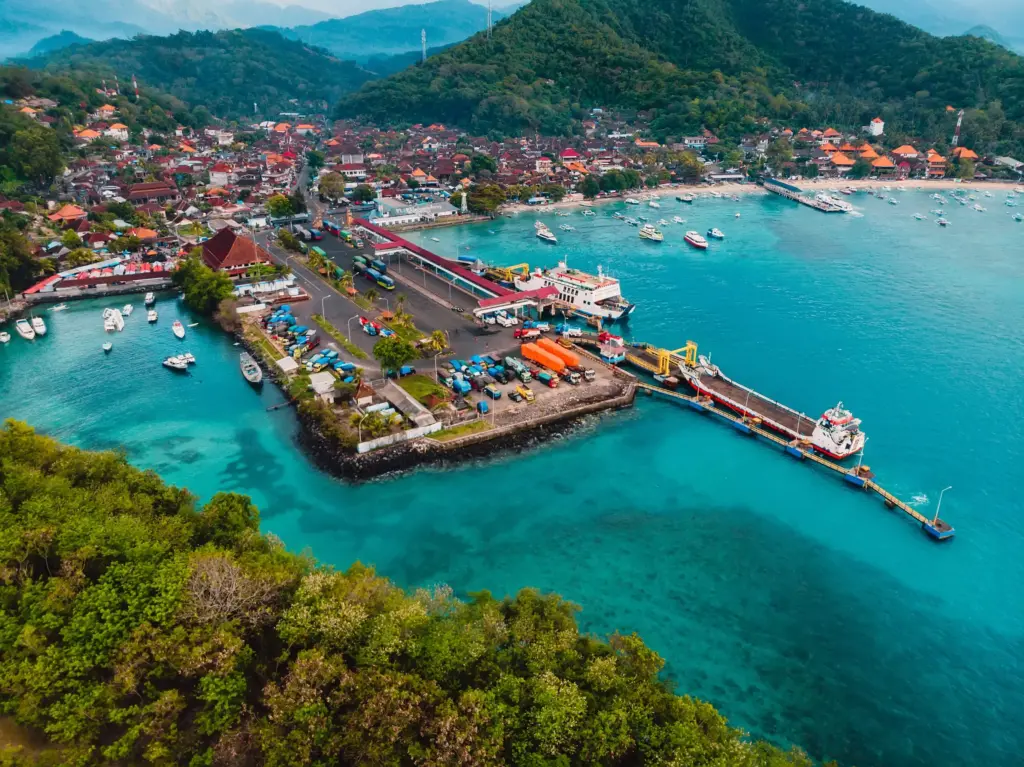
Every time a high-profile fast boat incident occurs, questions about regulation resurface. Indonesia does have a maritime safety framework in place, but the challenge lies in consistent enforcement across different regions and operators.
Fast boats fall under the oversight of the Ministry of Transportation, which sets rules for vessel licensing, passenger limits, and safety equipment. Operators are required to carry life jackets for all passengers, maintain radios and navigation tools, and undergo regular inspections. In 2019, a new ministerial decree was issued to strengthen standards for smaller passenger vessels, including fast boats operating between Bali, the Nusa Islands, and Lombok. These updates were designed to improve accountability, requiring clearer manifests, updated safety drills, and stricter rules around weather-related suspensions.
In practice, however, the level of enforcement varies. Major ports such as Sanur and Padangbai have Harbour Masters who inspect documentation, check passenger loads, and occasionally suspend operations during storms. Smaller ports, particularly those serving less-trafficked routes, may not have the same level of supervision. This creates inconsistencies in how safety measures are applied across the industry.
There have been efforts to modernize the system. The government has trialed digital manifests to improve accountability and make it harder for boats to exceed passenger capacity. Some ports now use online ticketing systems that feed directly into Harbour Master databases, giving regulators a clearer picture of boat traffic. Industry groups have also pushed for better crew training programs, aiming to raise professional standards across operators.
Yet despite these measures, challenges remain. Rapid tourism growth places constant pressure on operators to maintain high frequency, even when seas are rough. Smaller companies often lack the resources to upgrade their vessels or invest in advanced safety gear. And while rules exist on paper, consistent monitoring requires more manpower and infrastructure than is currently available.
The result is a system that works well in theory but struggles under real-world pressures. Progress is being made, but until enforcement is consistent and safety is prioritized above volume, Bali’s fast boats will remain caught between convenience and risk.
Tourism Industry Pressure
Tour operators and associations have publicly called for urgent maritime safety reforms: stricter vessel certification, better port supervision, investment in emergency equipment, and clear penalties for violations.
Operator Initiatives
Larger, more reputable companies (for example Rocky Fast Cruise, Maruti Express) have implemented their own internal safety standards. They advertise life jackets, emergency drills, and insurance. But many smaller operators lack the resources – or motivation – to do the same.
Temporary Suspensions
In extreme weather, port authorities occasionally suspend fast boat operations to Nusa Penida and the Gilis. But enforcement is inconsistent; some boats sail anyway, betting on luck.
What This Means for Travellers
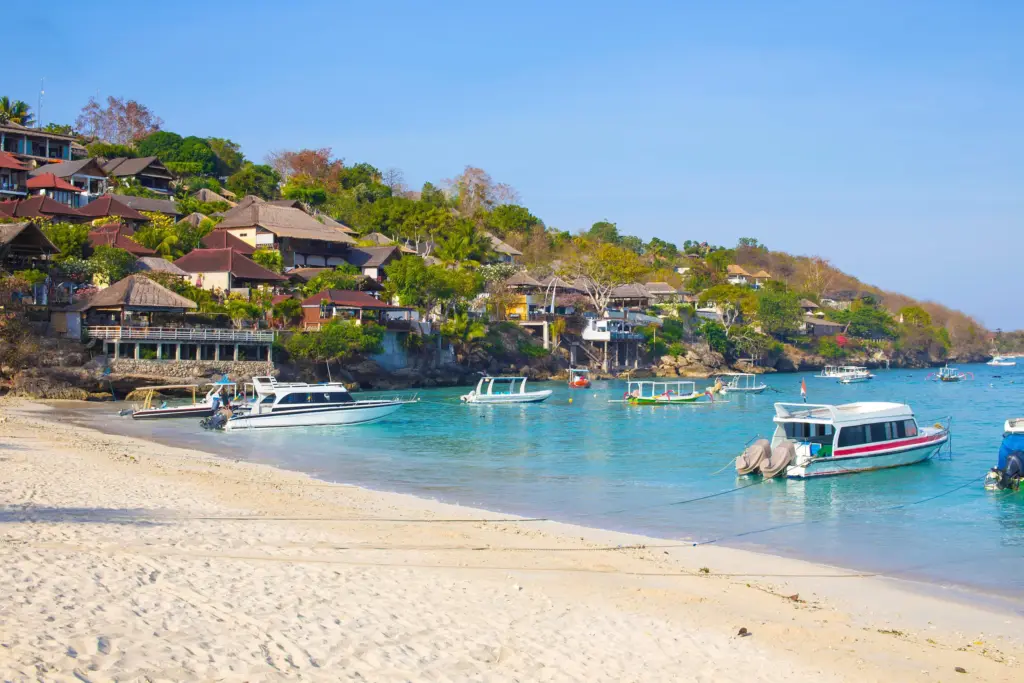
For tourists, the dilemma is stark: fast boats are convenient and widely used, but they are not risk-free. Here are practical ways to travel smarter:
Before You Book
· Research operators online; stick to companies with good safety reputations.
· Avoid the cheapest ticket – sometimes corners are cut.
· Ask about safety equipment (life jackets, radios, fire extinguishers).
· Consider your onward plans – consider paying a bit extra to get a refundable rate on your island accommodation, and always build in a buffer of at least a day between departing the island and your flight out.
On the Day
· Check the weather yourself. Apps like Windy or Windfinder give reliable marine forecasts.
· If seas are rough, consider rescheduling. Trust your instincts – no holiday island is worth gambling with your life.
· Make yourself aware of where life jackets are stowed and ensure they are easily accessible.
During the Crossing
· Sit on the lower deck if seas are rough; it reduces the risk if the boat tips.
· Keep your bag light and accessible; do not stow essentials far away.
· Stay calm if an incident happens. Panic worsens evacuations, so also try top calm others.
Alternative Options
· Public Ferries: Slower but generally more stable and less accident-prone.
· Flights: For Lombok, flying can be a safer option.
A Balanced Perspective
Not every fast boat journey is dangerous. Every day, hundreds of crossings happen without incident. For many travellers, the ride is smooth, fast, and even enjoyable – waves splashing, sea breezes blowing, dolphins sometimes swimming alongside.
But the recent string of accidents is a reminder: Bali’s waters deserve respect, and fast boats are not toys. Speed, convenience, and cost-efficiency should never come before safety.
For Bali to protect its reputation as a world-class destination, systemic improvements are essential: stricter enforcement, professional training, better infrastructure, and a commitment to putting human lives above profit.
Bali’s fast boats embody the island’s tourism paradox. They connect travellers to the magic of Nusa Penida, Lembongan, and the Gilis quickly and affordably – but at times, dangerously.
As a traveller, the responsibility is partly yours: choose wisely, prepare properly, and never ignore safety red flags. As for the industry, the message is even clearer: until Bali’s fast boats operate with reliable safety standards, the tragic headlines will continue.
Because while paradise should feel like freedom, it should never come at the cost of lives lost at sea.
